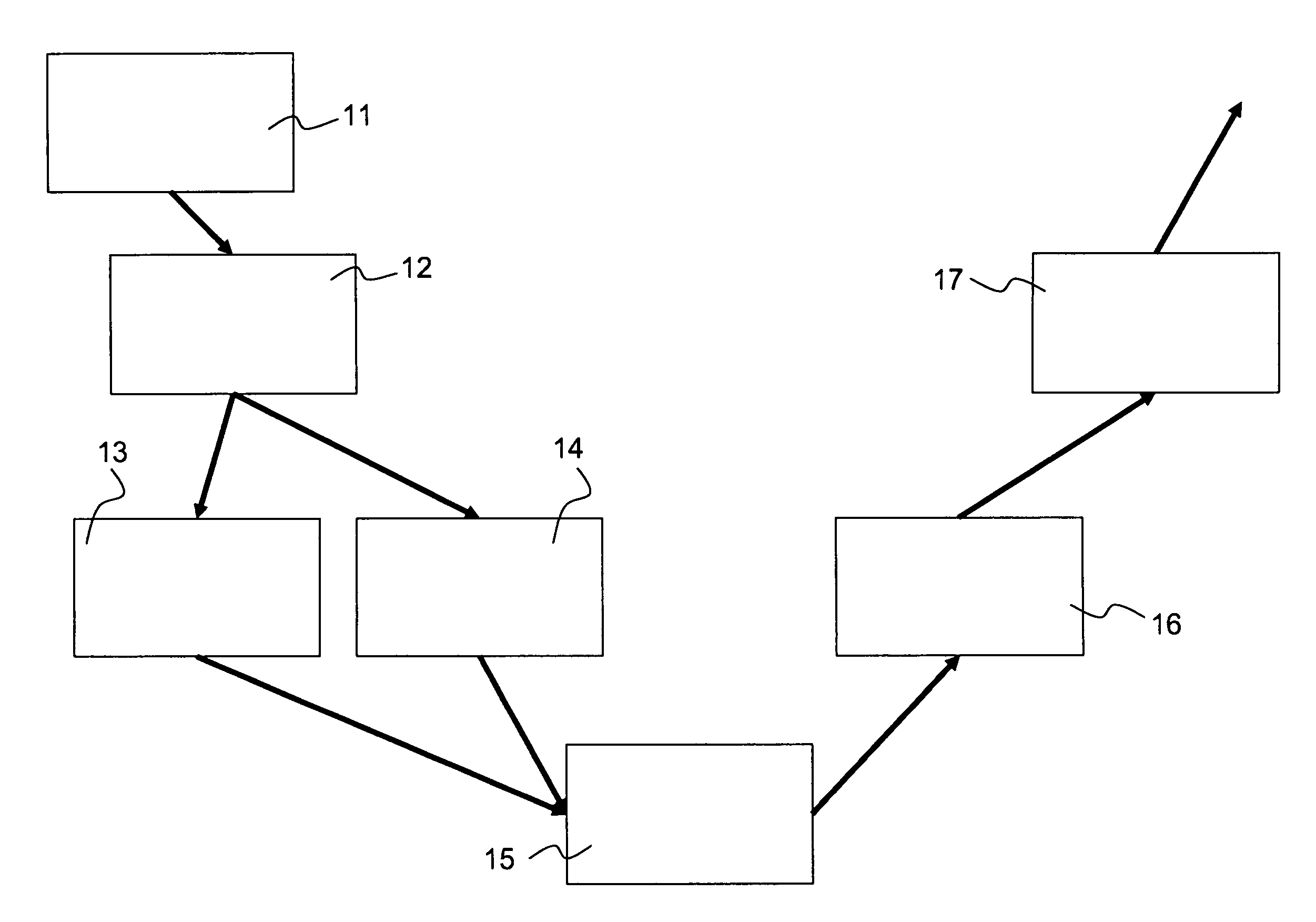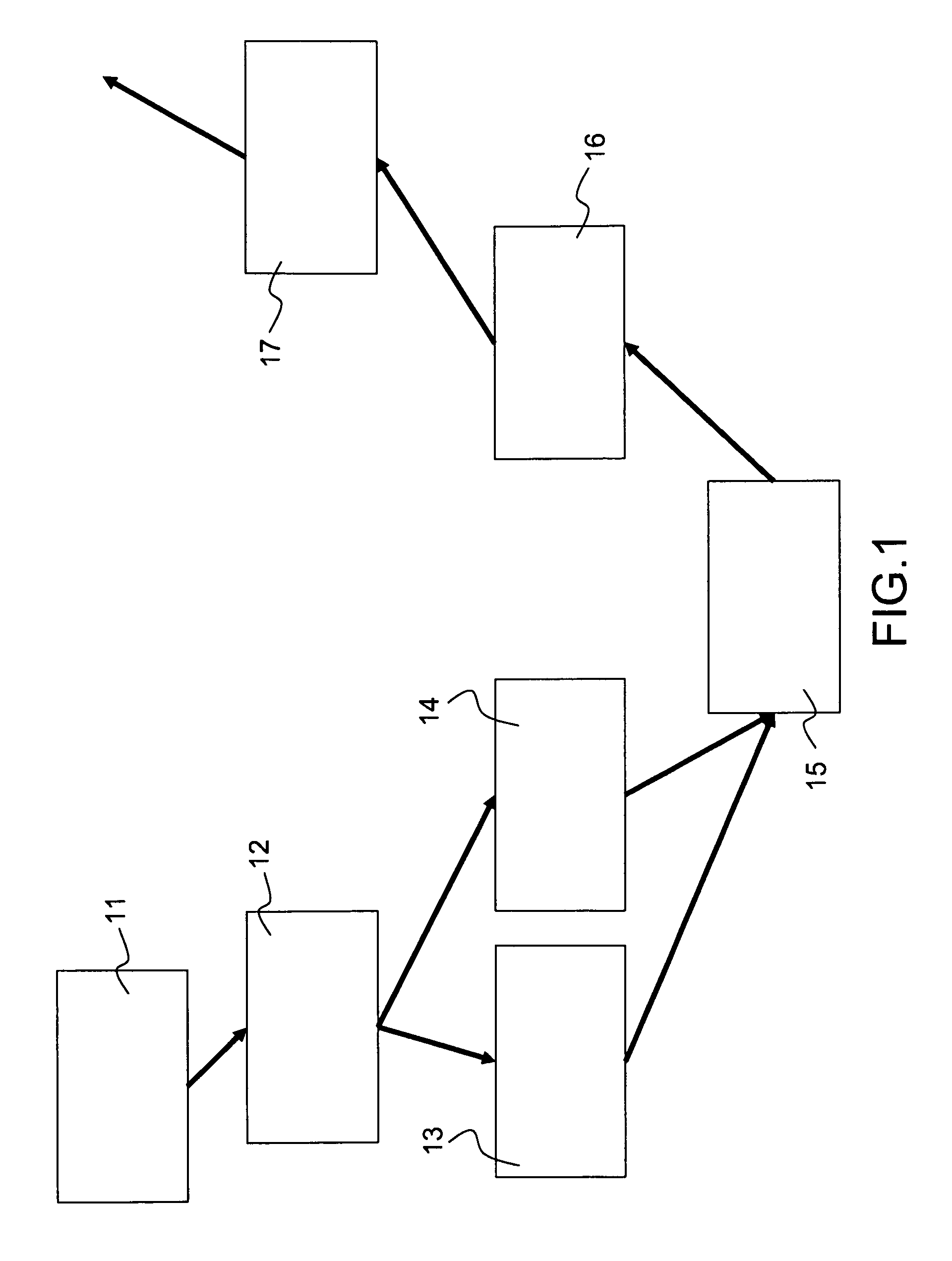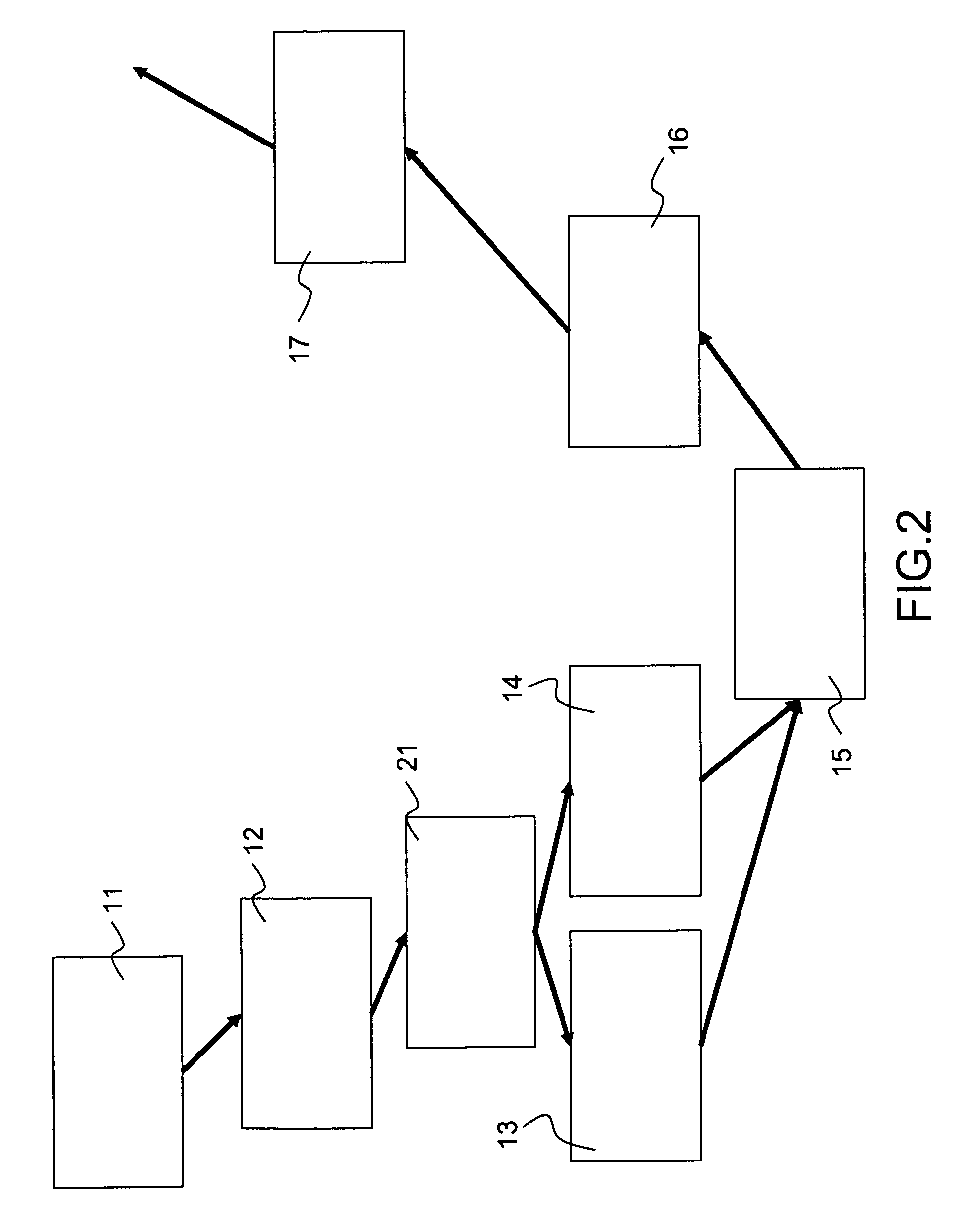Method of designing a system comprising hardware and software components
a technology of hardware and software components, applied in the field of system and software engineering, can solve the problems of inability to meet the total satisfaction of the type of development method, inability to develop the necessary simulation model, and inability to meet the requirements of the system,
- Summary
- Abstract
- Description
- Claims
- Application Information
AI Technical Summary
Benefits of technology
Problems solved by technology
Method used
Image
Examples
Embodiment Construction
[0045]The inventive method, illustrated in FIG. 2, involves modifying the system analysis and design method and introducing an additional upstream step 21 for validating the non-functional requirements making it possible to pre-validate the correct design of the system by exploiting architectural rules.
[0046]FIG. 3 represents the substeps that constitute the upstream step 21 for validating the non-functional requirements. In this upstream validation step 21, the functional requirements are allocated 33 to the architecture. The architectural rules 35 parameterized by the technologies employed 37 make it possible to compute the values of the non-functional parameters of the system. This then makes it possible to verify 38 that the computed functional parameters measure up to the expected values (i.e. the requirements). If there is a deviation, a rethinking either of the technologies employed or of the allocation of the functional need to the architecture makes it possible as early as ...
PUM
 Login to View More
Login to View More Abstract
Description
Claims
Application Information
 Login to View More
Login to View More - R&D
- Intellectual Property
- Life Sciences
- Materials
- Tech Scout
- Unparalleled Data Quality
- Higher Quality Content
- 60% Fewer Hallucinations
Browse by: Latest US Patents, China's latest patents, Technical Efficacy Thesaurus, Application Domain, Technology Topic, Popular Technical Reports.
© 2025 PatSnap. All rights reserved.Legal|Privacy policy|Modern Slavery Act Transparency Statement|Sitemap|About US| Contact US: help@patsnap.com



